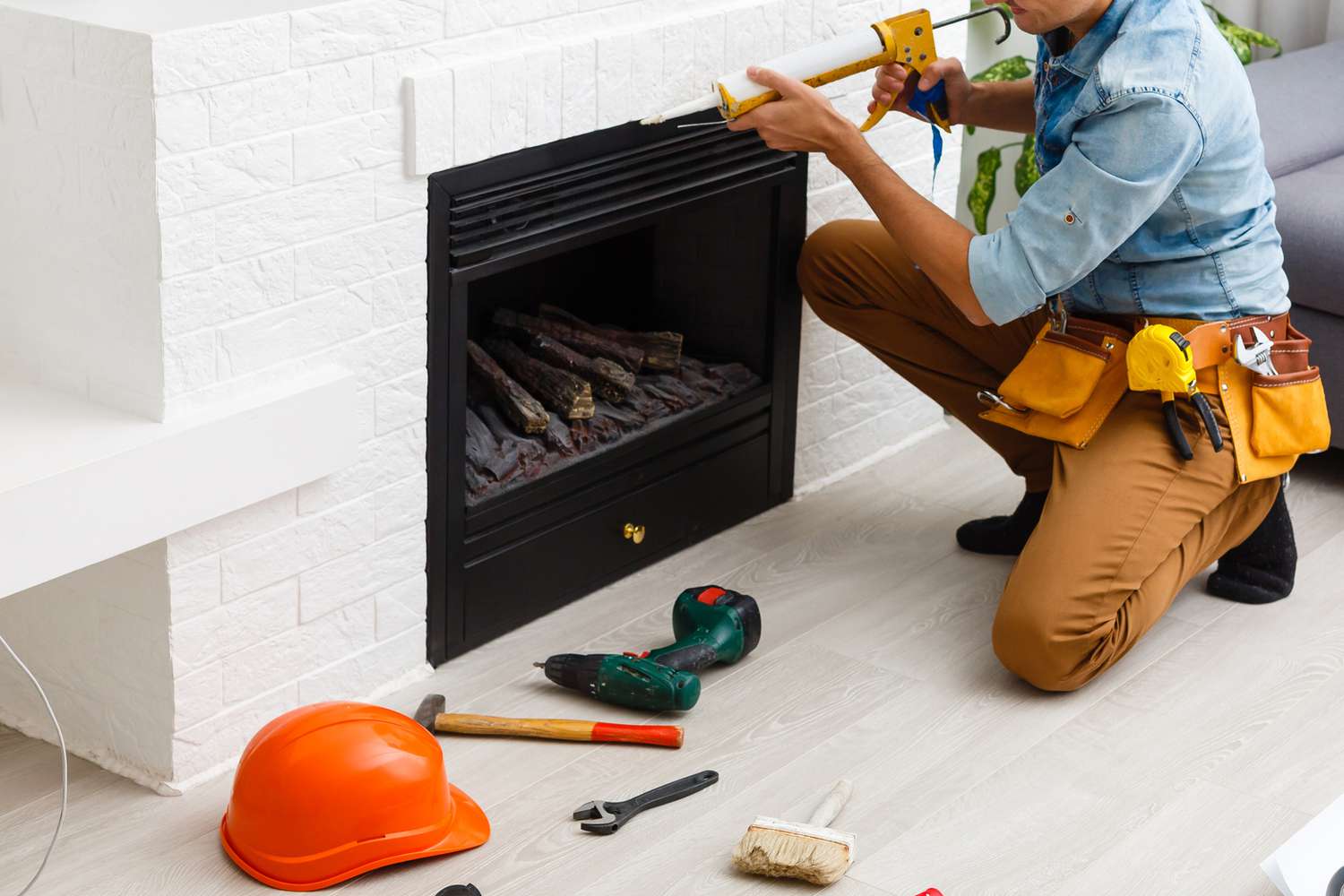Keep Your Home Warm and Safe This Winter. Learn more on the “8 Key Fireplace and Chimney Maintenance Tips Every Homeowner Should Know.” Warmth and comfort at home matter most when temperatures drop.
A fireplace isn’t just about creating a cozy atmosphere—it also plays a big role in keeping your household safe during colder months. Without regular upkeep, however, fireplaces and chimneys can become hazardous, leading to costly repairs or even life-threatening risks.
Learn more on the “8 Key Fireplace and Chimney Maintenance Tips Every Homeowner Should Know.”
By staying on top of routine care, you can prevent chimney blockages, dangerous fires, and air-quality issues. This guide highlights eight essential tips every homeowner should follow to keep their fireplace and chimney in top condition year-round.
Get A Fire Insurance Quote Today
8 Key Fireplace and Chimney Maintenance Tips Every Homeowner Should Know
Even with modern heating systems available, many families still love the warmth of a fire—whether it’s to cut utility costs or simply enjoy a cozy evening together. But before lighting the season’s first fire, it’s important to review these eight must-follow maintenance steps.
1. Schedule a Professional Chimney Sweep
A certified sweep does more than clean soot. They inspect for dangerous creosote buildup, nests, and blockages that could cause chimney fires. Experts recommend having your chimney checked at least once a year, ideally before winter begins.
2. Keep a Thin Layer of Ash
During winter, clean your firebox monthly but leave one to two inches of ash. This helps hold heat longer and keeps embers burning hotter for your next fire. Always remove ashes carefully—they can stay hot for hours—and dispose of them in a metal container outside.
3. Clear the Area Around the Fireplace
Anything flammable—furniture, curtains, or rugs—should be at least three feet away. Even with a screen, stray sparks can escape. Keeping a safe perimeter minimizes fire hazards.
4. Close the Damper When Not in Use
The damper above the fireplace controls airflow. Keep it open while a fire is active, then close it completely once the flames are out. This keeps heat inside, prevents cold drafts, and makes your home more energy efficient.
5. Install a Chimney Cap
A cap prevents debris, leaves, and animals from blocking your chimney. It also reduces moisture damage and improves smoke ventilation. This simple upgrade can save you from unexpected and expensive repairs.
6. Burn Only Seasoned Wood
For a clean, efficient burn, use wood that has been dried for at least a year. Fresh or damp logs create excessive smoke, less heat, and more creosote. Stack logs tightly in the fireplace and avoid oversized grates that waste heat.
7. Keep Decorations Away from Flames
While hanging stockings may look festive, it’s risky. Fabric, wrapping paper, and holiday décor can ignite quickly from sparks or embers. Also, never burn wrapping paper—it contains dyes and chemicals that can flare dangerously.
8. Upgrade with a Fireplace Insert
A fireplace insert, made of steel or cast iron with a glass front, boosts efficiency by radiating more heat while preserving the look of a traditional fire. Talk to a chimney specialist to see if it’s right for your setup.
Final Thoughts
Your fireplace should bring warmth and relaxation—not worry. By following these maintenance steps, you’ll not only extend the life of your fireplace and chimney but also protect your home and family from avoidable hazards.
Prevention is always cheaper and safer than repairs. With consistent upkeep, your fireplace can remain a reliable centerpiece of comfort for many years to come.
Learn more on the “8 Key Fireplace and Chimney Maintenance Tips Every Homeowner Should Know.”










